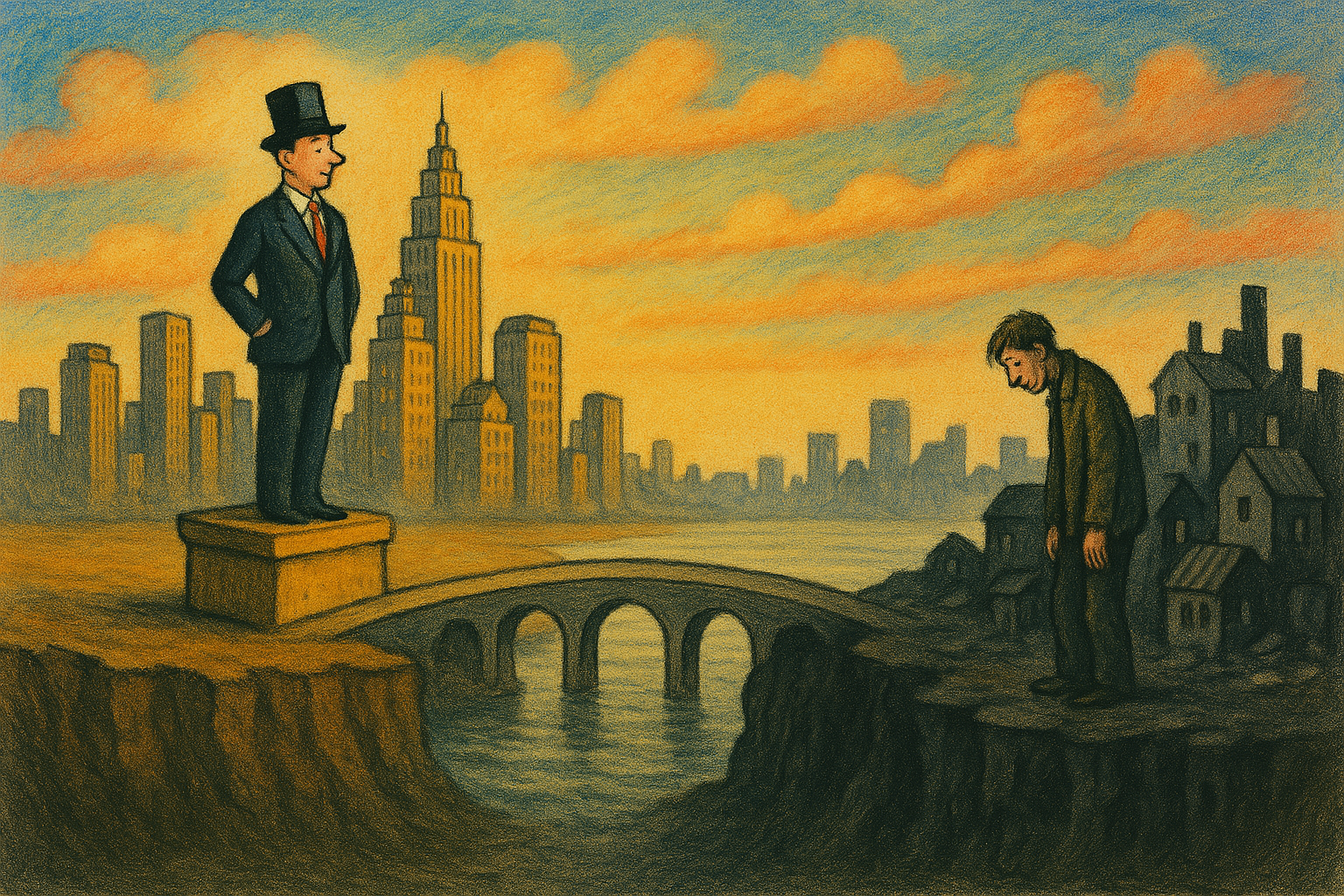Working Papers

Upcoming presentations: Families in Macroeconomics Workshop (Sept. '25), Banca d'Italia Women in Central Banking (Nov. '25)
Past presentations: FRB Boston (July '24), FRB Philadelphia (Sept. '24), Boston University (Nov. '24), Bentley University (Dec. '24), PhD-EVS (Jan. '25), Midwest Economics Association (March '25), North East Universities Gender Day (April '25), Brown University PhD Conference (May '25), Boston College PhD Conference (May '25), Society of Economics of the Household (June '25), Nordic Summer Symposium in Macroeconomics (Aug. '25), European Economics Association (Aug. '25)
Publications
Work in Progress
with Vikram Dixit


